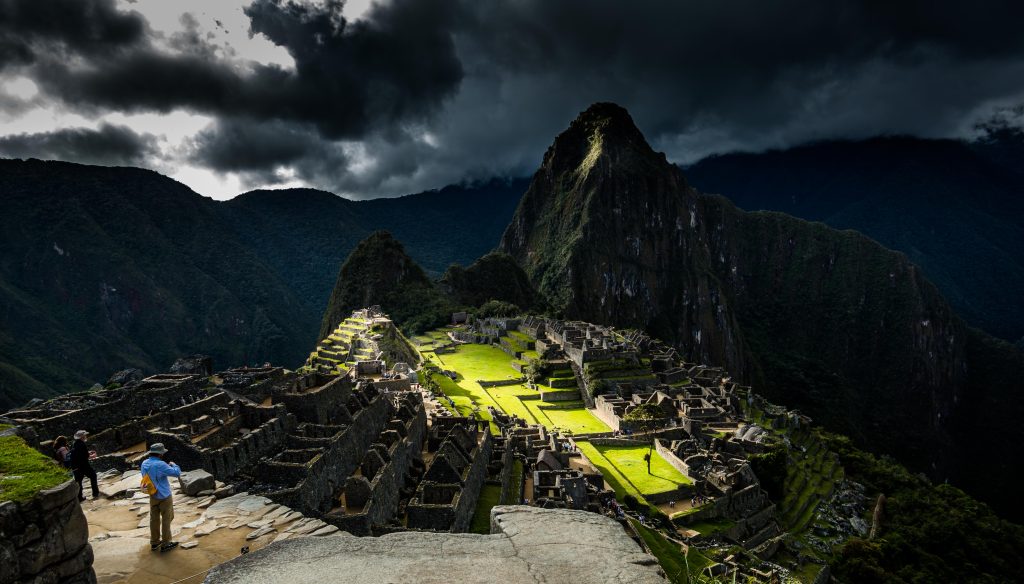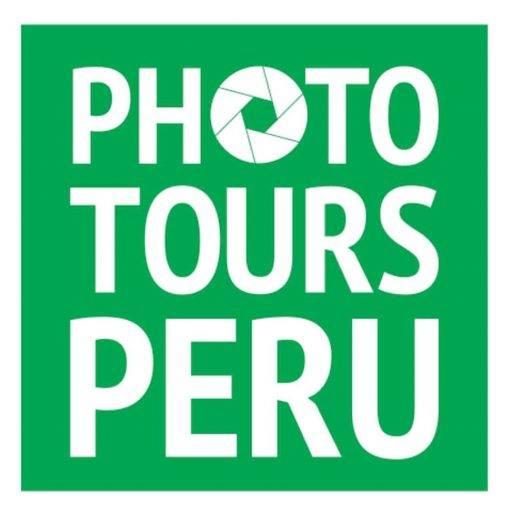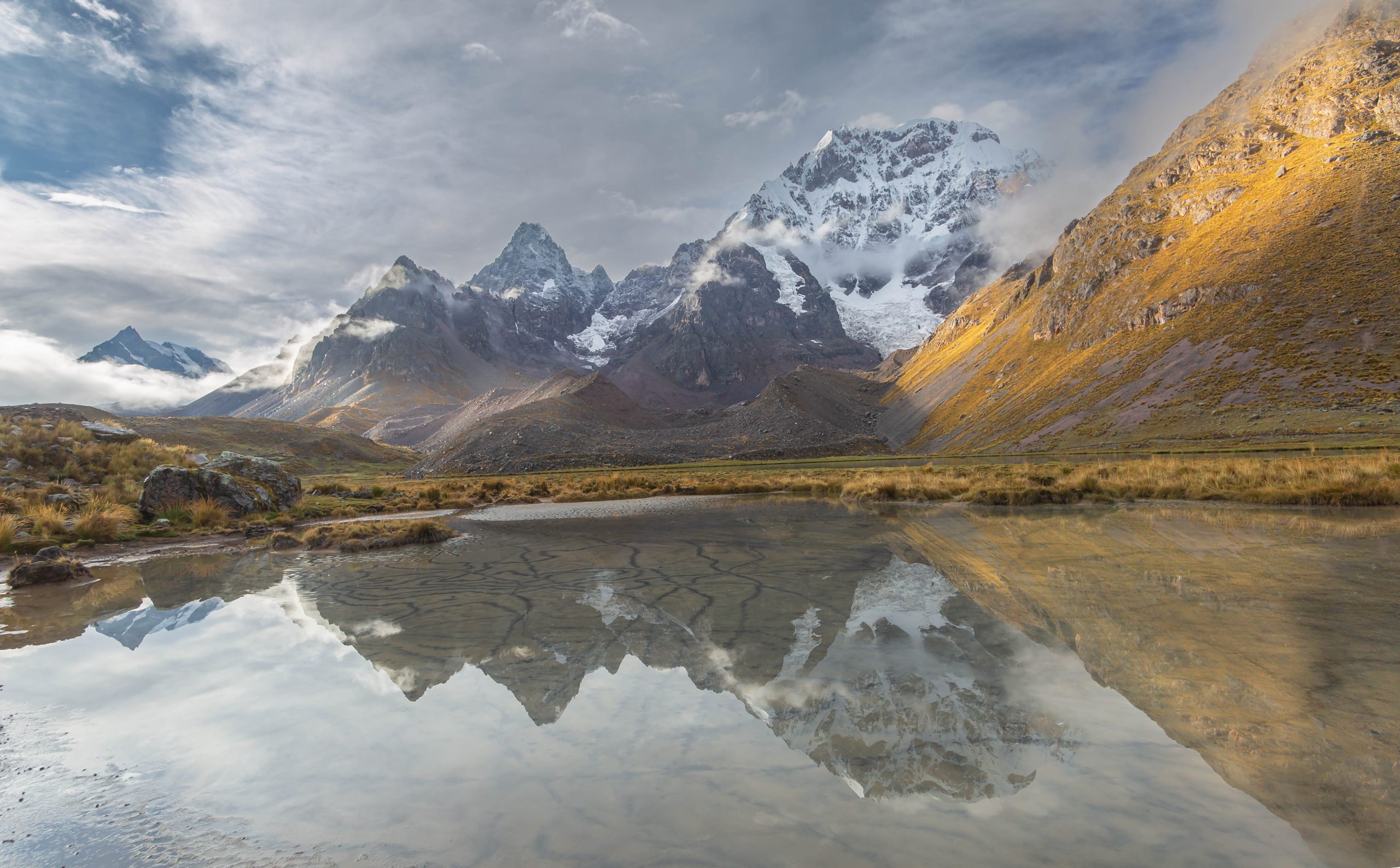
- High-altitude astrophotography South America
- Landscape photography tours South America
- Best places for astrophotography in South America
- Tips for high-altitude photography
- Avoiding altitude sickness
- Gear recommendations for high-altitude photography
Introduction
South America is a photographer’s paradise, offering stunning landscapes, diverse cultures, and incredible celestial views. However, many of the most breathtaking sights are located at high altitudes, presenting unique challenges and rewards for photographers. This blog post will guide you through the best destinations for high-altitude landscape and astrophotography in South America, along with essential tips and gear recommendations.
Best Destinations for High-Altitude Astrophotography in South America:
- Atacama Desert, Chile: Renowned as one of the driest and clearest deserts globally, the Atacama Desert offers exceptional night sky visibility. Popular spots include San Pedro de Atacama, El Tatio Geysers, and Chajnantor Plateau, home to the ALMA Observatory.
- Salar de Uyuni, Bolivia: The world’s largest salt flat transforms into a mirror-like surface during the rainy season, reflecting the Milky Way in a breathtaking display.
- Huaraz, Peru: Nestled in the Cordillera Blanca, Huaraz offers stunning mountain landscapes and clear skies. Popular spots include Laguna 69, Pastoruri Glacier, and the Chavin de Huantar archaeological site.
- Colca Canyon, Peru: Deeper than the Grand Canyon, Colca Canyon provides stunning vistas of the Andes Mountains and the surrounding valleys.
- Torres del Paine National Park, Chile: This park boasts dramatic peaks, glaciers, and lakes, offering diverse landscapes for photography.
- Salkantay Trek to Machupicchu : grat trail ending the tour at the lost city of the incas Machu picchu.
Tips for High-Altitude Photography:
- Acclimatize: Spend a few days at lower altitudes before venturing to high-altitude locations.
- Hydrate: Drink plenty of water to combat altitude sickness and dehydration.
- Pace yourself: Avoid strenuous activities in the first few days at high altitude.
- Use sunscreen and lip balm: The sun’s rays are stronger at high altitudes.
- Dress in layers: Temperatures can fluctuate significantly, especially at night.
- Protect your gear: Extreme temperatures and humidity can damage camera equipment.
Gear Recommendations for High-Altitude Photography:
- Camera: A full-frame camera with a high ISO performance is ideal for low-light astrophotography.
- Wide-angle lens: A wide-angle lens (14-24mm) is essential for capturing the Milky Way and expansive landscapes.
- Fast prime lens: A fast prime lens (f/1.4 or f/2.8) is ideal for isolating subjects and creating depth of field.
- Sturdy tripod: A sturdy tripod is crucial for long exposures and keeping your camera stable.
- Remote shutter release: A remote shutter release minimizes camera shake during long exposures.
- Headlamp or flashlight: A headlamp or flashlight is essential for navigating in the dark.
- Extra batteries and memory cards: The cold can drain batteries quickly, so bring extras.
Conclusion:
High-altitude astrophotography in South America offers unforgettable experiences for photographers. By following these tips and recommendations, you can capture stunning images of the night sky and the breathtaking landscapes of this incredible continent.

